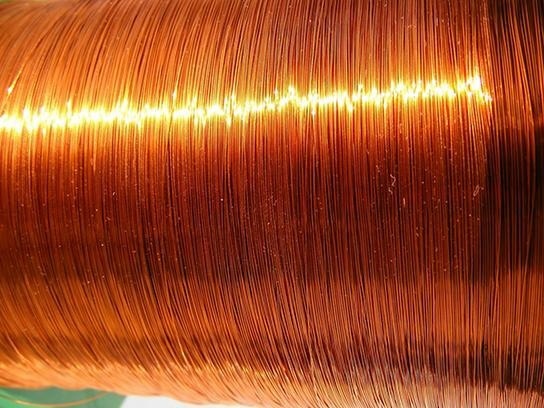Copper is the preferred metal in electrical wires, as it is a good electrical conductor. To achieve the high purity required for such electrical wires, copper is purified using electrorefining. For an optimal electrorefining process, thiourea is added to the electrolyte. Polarography offers a reliable and inexpensive monitoring of the thiourea, preventing quality issues caused by wrong thiourea concentrations.

Image credit: Metrohm Middle East FZC
Copper is an essential metal in the electronic industry because of its good electrical conductivity properties. However, the electrical conductivity of copper markedly decreases when impurities are present. Therefore, raw copper is refined to pure copper using electrorefining.
During the electrorefining process, copper migrates from the cast anode of impure copper to the cathode, where pure copper deposits. To decrease defects in the final cathode, thiourea is added to the electrolyte. However, the ratio of thiourea to copper within the electrolyte must be monitored, as an excess or lack of thiourea causes irregular morphologies in the cathodes.
Thiourea can be determined reliably in highly concentrated copper electrolyte solutions containing sulfuric acid and small amounts of chloride using polarography. Compared to high performance liquid chromatography (HPLC) for thiourea analysis, polarography is a viable, less sophisticated alternative with only a moderate investment in hardware required and low running costs.
To learn more about the method download:
Application Note: Thiourea in copper electrolytes in copper electrorefining plants